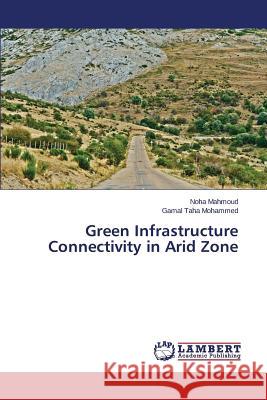Green Infrastructure Connectivity in Arid Zone » książka
Green Infrastructure Connectivity in Arid Zone
ISBN-13: 9783659562471 / Angielski / Miękka / 2014 / 368 str.
This book explores different meanings and practices of green infrastructure (GI). In particular, it examines the scope for GI in the Greater Cairo Region (GCR)of Egypt. In a number of countries, especially in North America and Europe, the nature of GI is increasingly well established and there have been some successful attempts at implementation. However, practice in Egypt appears to be encountering a number of problems. These are principally associated with the aridity of the country, weaknesses of planning and implementation procedures, rapid urbanisation and pressure for land, and weak integration of the green-space resource. However, there are also some promising opportunities associated with social and cultural functions of open space, recent planning visions, and a range of natural environmental assets. This book focuses on three main case studies in the GCR with specific criteria, such as location, scale, urban features and associated activities. The book concludes that improvements in both substantive and procedural aspects of landscape planning are necessary if GCR is to have an effective GI. Some recommendations are made regarding how this could be effected.
This book explores different meanings and practices of green infrastructure (GI). In particular, it examines the scope for GI in the Greater Cairo Region (GCR)of Egypt. In a number of countries, especially in North America and Europe, the nature of GI is increasingly well established and there have been some successful attempts at implementation. However, practice in Egypt appears to be encountering a number of problems. These are principally associated with the aridity of the country, weaknesses of planning and implementation procedures, rapid urbanisation and pressure for land, and weak integration of the green-space resource. However, there are also some promising opportunities associated with social and cultural functions of open space, recent planning visions, and a range of natural environmental assets. This book focuses on three main case studies in the GCR with specific criteria, such as location, scale, urban features and associated activities. The book concludes that improvements in both substantive and procedural aspects of landscape planning are necessary if GCR is to have an effective GI. Some recommendations are made regarding how this could be effected.











